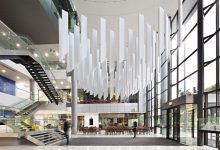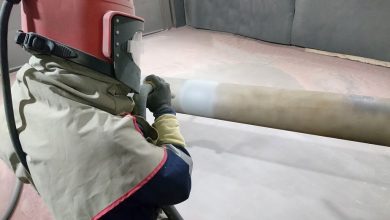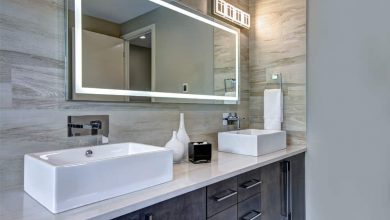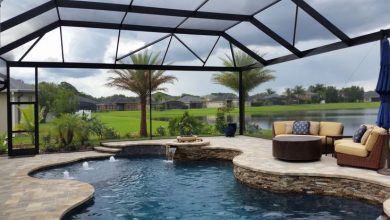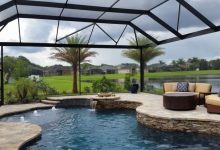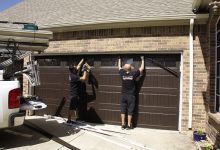Design Considerations For Acoustic Wall Systems In Roofing
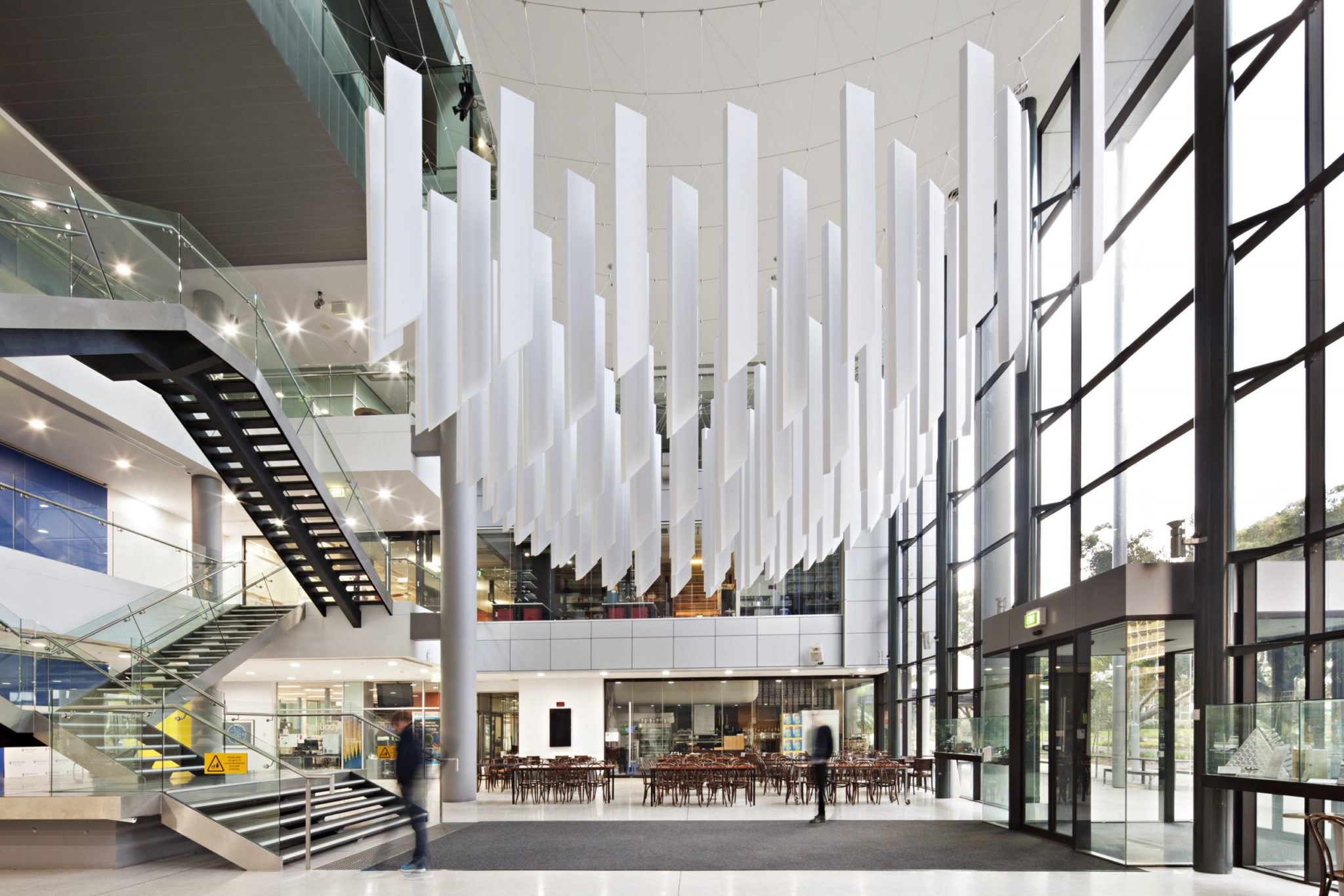
In healthcare facilities, maintaining a peaceful and comfortable environment is essential for the well-being and recovery of patients. However, the constant humming and buzzing sounds generated by HVAC systems can disrupt the tranquility of healthcare spaces. To address this problem, it is important to thoroughly think through the design and installation of sound barriers for HVAC systems. This article will explore the key design considerations for implementing effective HVAC sound barriers in healthcare facilities.
Acoustic Analysis And Design Goals
Before installing HVAC sound barriers, conducting a thorough acoustic analysis of the facility is crucial. This analysis will identify the main noise sources, such as air handlers, compressors, and fans, and help determine the appropriate design goals. These goals typically include reducing sound transmission between different areas, minimizing sound radiation from HVAC equipment, and maintaining acceptable noise levels in sensitive spaces like patient rooms, operating theaters, and waiting areas.
Material Selection
Choosing the right materials for sound barriers is pivotal to their effectiveness. Opt for materials with high sound transmission loss (STL) properties, such as dense and heavy materials like mass-loaded vinyl or gypsum board. Furthermore, it is advisable to contemplate using materials possessing commendable sound absorption characteristics, such as acoustic panels or foam, to mitigate reverberation and echo within the premises effectively. The selected materials should also comply with healthcare facility regulations and standards regarding fire safety and infection control.
Barrier Placement And Configuration
The strategic placement and configuration of HVAC sound barriers significantly affect their performance. Identify the critical areas where noise reduction is paramount, such as patient rooms and quiet zones. Ensure the sound barriers are properly positioned to effectively enclose HVAC equipment, such as air handling units and ductwork. Please pay close attention to gaps and penetrations, ensuring they are adequately sealed to prevent sound leakage. Consider incorporating sound baffles or deflectors to redirect and absorb noise in specific directions.
Hvac System Isolation
Isolating the HVAC system from the building structure effectively prevents the transmission of vibrations and mechanical noise. Use vibration isolation mounts or pads to decouple HVAC equipment from the floor or walls. This isolation technique can significantly reduce the transfer of structure-borne noise, enhancing the overall acoustic performance of the sound barriers.
Maintenance And Accessibility
While designing HVAC sound barriers, it is essential to consider maintenance requirements and accessibility for equipment servicing. Incorporate removable or hinged panels that provide easy access to HVAC components without compromising the sound barrier’s effectiveness. Additionally, consider the long-term durability and ease of cleaning the selected materials to maintain a hygienic environment within healthcare facilities.
Integration With Overall Facility Design
Efficient HVAC sound barriers should seamlessly integrate with the overall design of the healthcare facility. Consider architectural elements such as room finishes, ceiling configurations, and wall treatments to ensure a cohesive and aesthetically pleasing appearance. Collaborate with architects and interior designers to balance functionality and visual harmony, creating an environment that promotes healing and comfort.
Conclusion
Creating a serene and comfortable atmosphere is crucial in healthcare facilities, where patient welfare and recovery are paramount. The significance of HVAC sound barriers in the design process cannot be overstated, as they contribute significantly to ensuring tranquility. By conducting an acoustic analysis, selecting appropriate materials, strategically placing barriers, isolating the HVAC system, considering maintenance and accessibility, and integrating with the overall facility design, healthcare facilities can effectively minimize HVAC noise and create a serene atmosphere conducive to healing and well-being.

